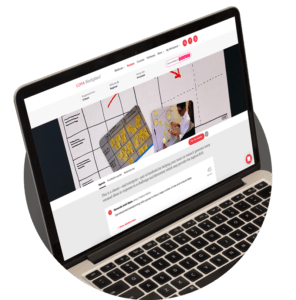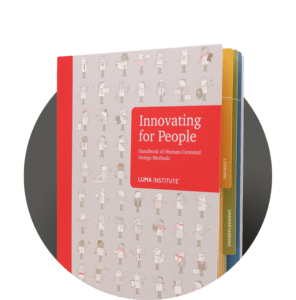Method overview
You came up with the idea—now is your chance to write the rule book. A Quick Reference Guide ensures that your original design intent is maintained as the idea moves from conception through production and beyond. Since clarity is the goal, a good guide is essential. Everything pertinent to the design—style, form, composition, and conventions—is contained in one document that provides an orientation for those unfamiliar with the concept. Therefore, it must be easy to digest, yet thorough enough to convey necessary information to a wide variety of people.
Begin your Quick Reference Guide as early in the process as you can. This will offer you a chance to clearly articulate your team’s design rationale as soon as you begin making decisions. Then the document can evolve along with the project, eventually containing all of the information that defines the design. When completed the document should answer these questions: What is it? What are the elements? How does it work?
The benefits of this method
- Summarizes the rationale for your design.
- Promotes key principles.
- Provides specifications.
- Supports proper implementation.

Quick guide
- Identify a design that is ready to be documented.
- Assemble the team that originated the solution.
- Ask them to communicate the design intent.
- Summarize the guiding principles for the design.
- Indicate the standards for color, typography, etc.
- Provide a library of design patterns and templates.
- Package the specifications in a concise manner.
- Prepare a small booklet and/or an online reference.
Helpful hints
- Keep it short. Don’t exceed 10-12 pages in length.
- Engage an expert designer for visual refinement.
- Make the guide clear enough to aid implementation.
Combining LUMA methods into design recipes
The methods in the LUMA System are great on their own, but they are really powerful when combined into design recipes. Just like when you combine ingredients to make a tasty meal, you can also combine design methods to address challenges such as improving workplace culture or uncovering customer insights.
An example of a recipe from LUMA Workplace®:


Want to learn more about LUMA methods?


